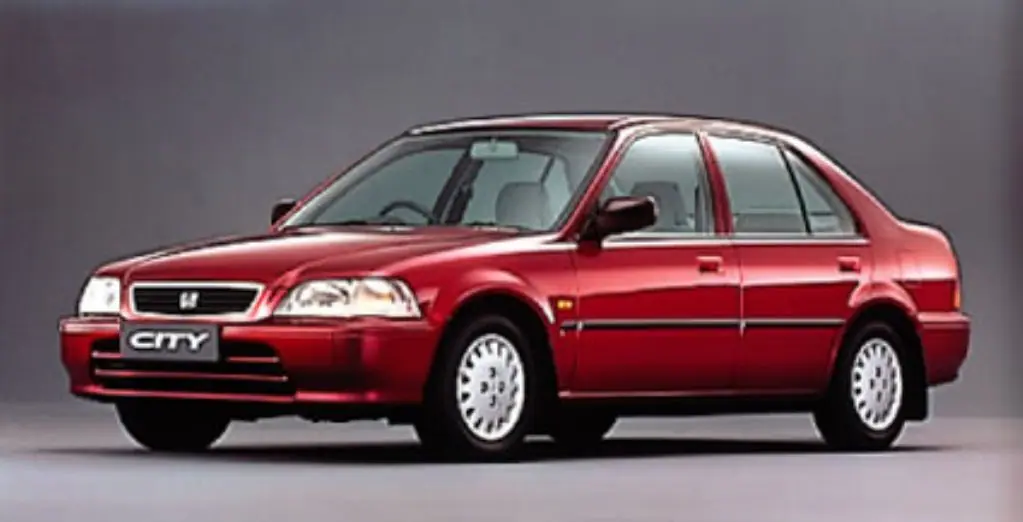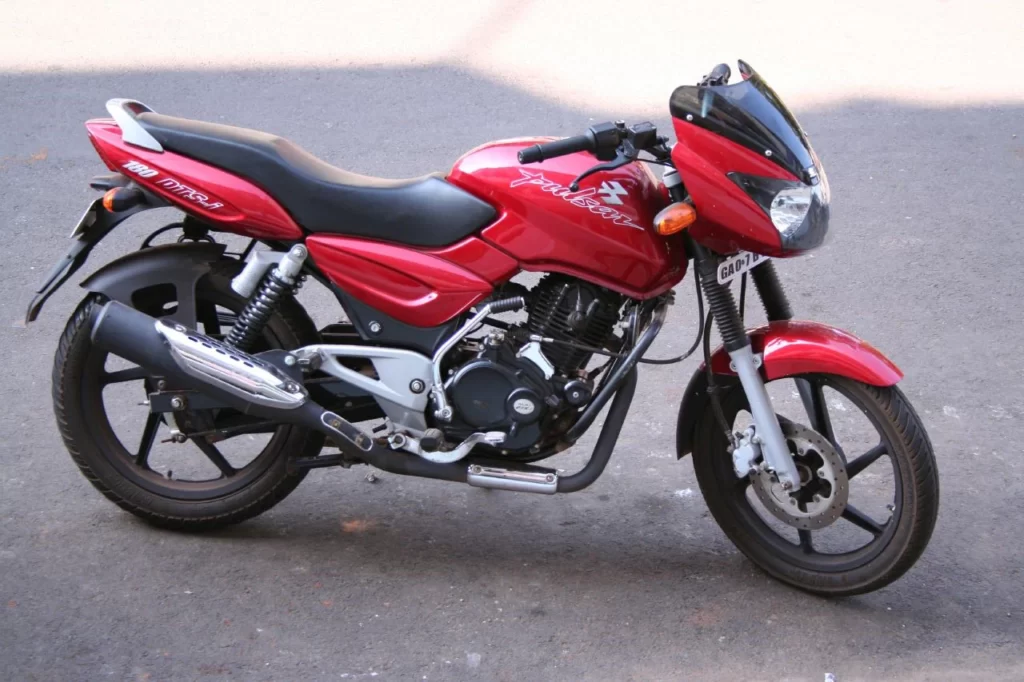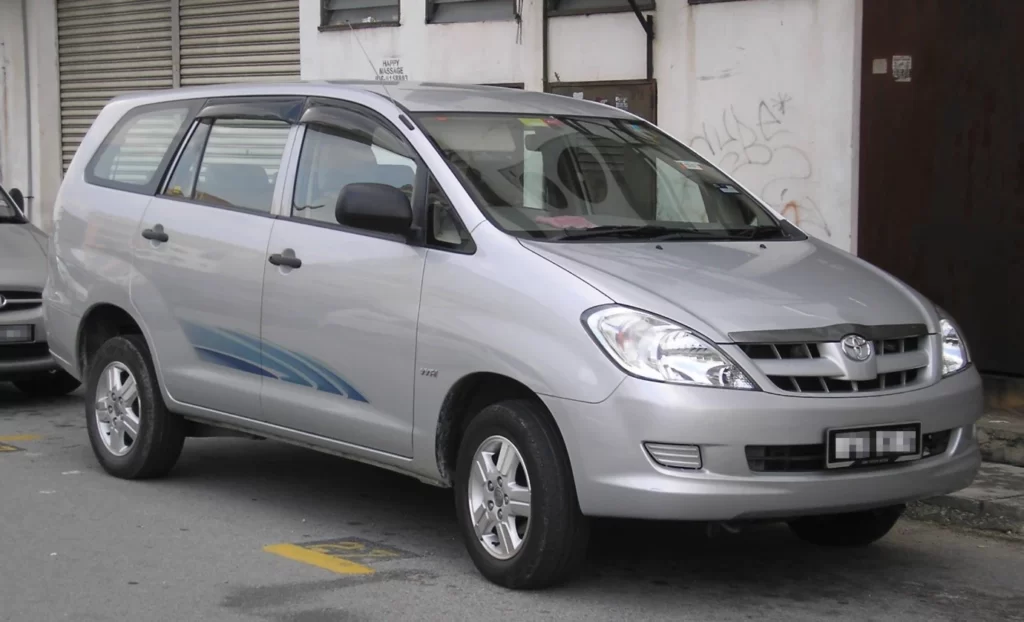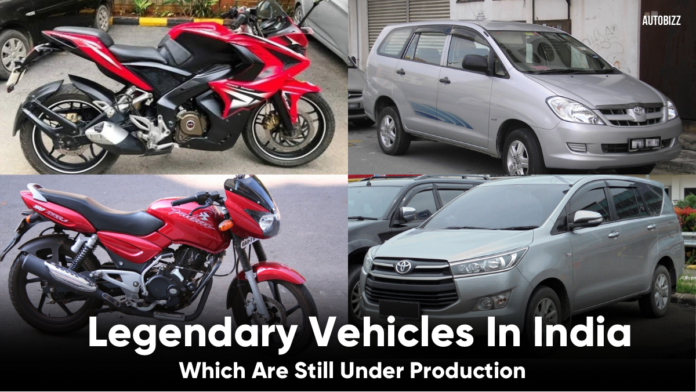Due to their dependability, build quality, and serviceability, a few automobiles and motorcycles from the past became legendary in our nation. The most recent generations of these cars are still on the market. Let’s take a look at some of the most recognisable automobiles in our market’s history.
1. Honda City

Honda first joined the Indian market in 1998 with its city on offer. The 1998 model was the first generation of Honda city in India, and it was sold as the third generation of the city internationally. The automobile was a favourite among fans once Honda introduced the legendary VTEC technology in the 2000 model. It was powered by a 1.3L and 1.5L engine. The second-generation Honda City (2003-2008) debuted with a low-powered 1.5L i-DSI engine, making it a good choice for those searching for a cheap car. In 2005, the car was upgraded to a 1.5L VTEC engine in an attempt to re-enter the enthusiast market. Honda City had a significant transformation in 2008. The third-generation Honda city came with a rather powerful 1.5L i-VTEC which can be found in all the Honda city models coming after this one.
This model however did not rise to fame and struggled with the competition due to the lack of a diesel engine option. This issue was resolved in the next generation launched in 2014 which came with a new 1.5L i-DTEC diesel engine found in all the diesel cars by Honda (exceptions being civic and CR-V). The latest generation of the Honda City was released in 2020 and is offered with the same i-DTEC diesel engine and a revised 1.5L DOHC i-VTEC petrol engine.
2. Bajaj Pulsar

The Bajaj Pulsar was introduced to the market in 2001 and has since become an iconic motorbike. The first-generation model, introduced in 2001, was available in 150cc and 180cc displacements and had modern amenities like as electronic start and front disc brakes. In 2003, the DTSi model was introduced. It had dual spark plugs and new headlights that looked more contemporary. The 2005 facelift model was a significant improvement over the previous model, with alloy wheels, gas-filled rear shock absorbers, and greater engine output.
The year 2006 marked a watershed moment in the Pulsar’s history. In 2006, the motorbike received a redesign and a new analog-digital metre console, as well as a no-contact speed sensor and no-contact grip switches to fit its new digital motif. The 220cc fuel injection variant and the 200cc oil-cooled variation were added to the Pulsar range in 2007. Both versions included clip-on handlebars, which was a first in the industry. The Pulsar line-up witnessed significant enhancements and new debuts in the ensuing years. The Pulsar 135LS debuted in 2009, while the Pulsar 200NS debuted in 2012, rounding up Bajaj Pulsar’s engine selection.
In 2021, the Bajaj Pulsar range includes the basic Pulsar 125, Pulsar 150, Pulsar 180 and 220F. Alongside these models, its range also includes the Pulsar NS125, NS160, NS200, RS200 and the latest offerings N250 and F250 with the KTM derived 250cc liquid-cooled engine.
3. Toyota Innova

Launched in India in the year 2005 as a replacement to the Toyota Qualis, the Toyota Innova found the right spot in the hearts of Indians. The first generation of Innova was on offer from 2005 to 2013. Through this timeline, the model underwent four facelifts. The first facelift came in 2007 which was not much of a cosmetic upgrade but more of an engine upgrade to comply with Euro 2 emission norms. The second facelift, introduced in 2009, mostly had changes in the aesthetics and features. The third facelift of the Innova came in 2011 and had redesigned headlamps, tail-lights and front bumpers. The first generation Innova got its last facelift in 2015 which offered dual airbags throughout all variants. The first generation Innova was offered in the everlasting 2.5L D-4D diesel engine and a 2L 1TR-FE petrol engine.

